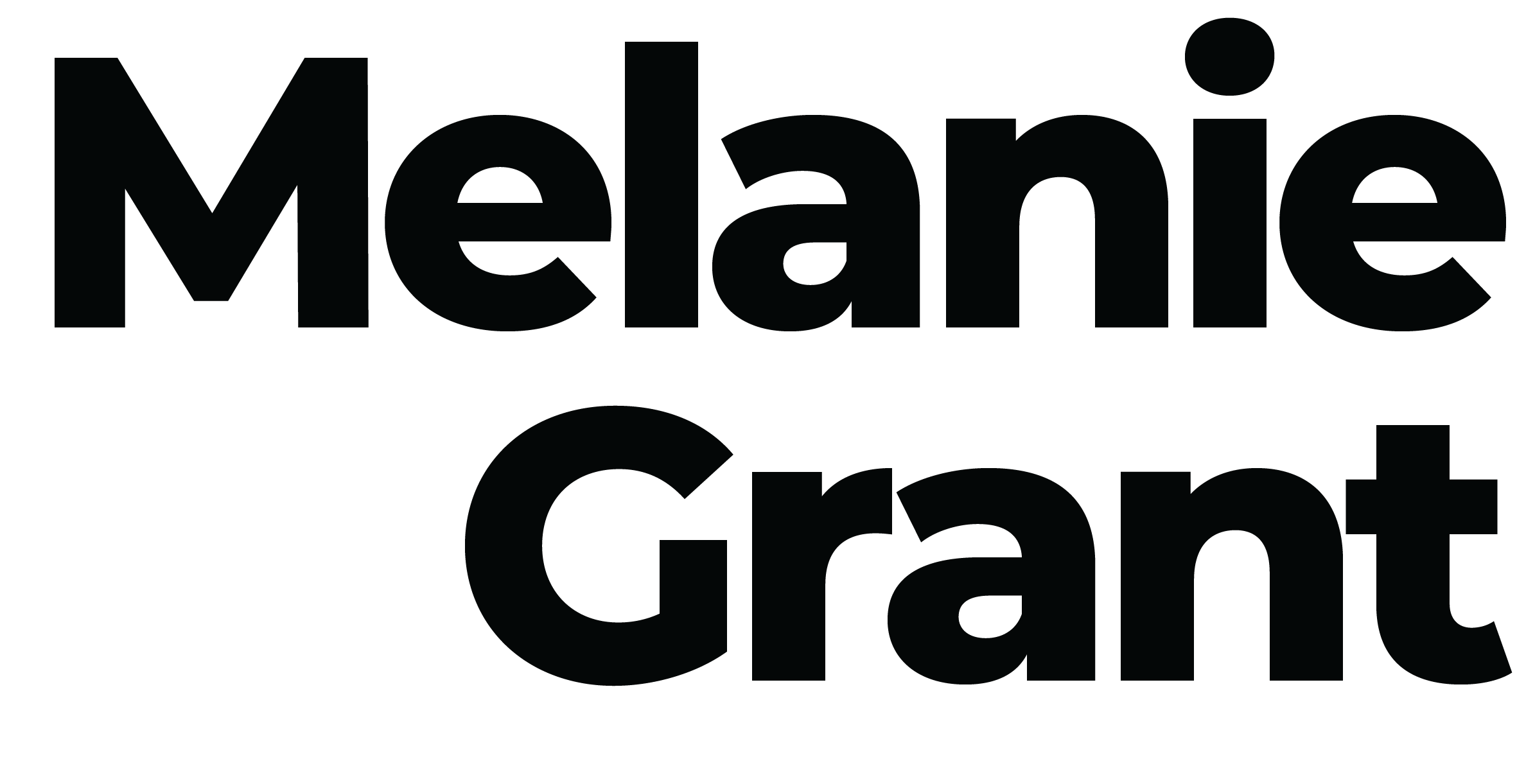Facials don’t need to be exclusive to in-clinic studios we can also yield incredible results from at home. Giving yourself a DIY facial is a great way to destress, boost your complexion and maintain skin health. Whether you’re committing to a once-weekly ritual or saving it for a special occasion, the DIY facial can instantly revitalise, energise, brighten and renew. Below are a few simple steps for a basic DIY facial, but the fun really starts when tailoring it to your specific skincare concerns by adding in additional steps as needed: serums and boosters, microcurrent and massage devices LED masks and beyond.
Step 1. Double cleanse
It’s important to start your facial with a clean canvas so that all the products you’ll be using have the best chance of absorbing into the skin. Using an oil or balm, the first cleanse removes traces of makeup and sunscreen, as well as any pollutants and sweat. The second cleanse, using a gel or milk, draws out impurities from the pores.
Step 2. Exfoliate
Whether you’re using a chemical lotion containing AHAs, BHAs or PHAs, or a physical scrub with finely milled granules, exfoliation is an essential step in the DIY facial. Gently dissolving or polishing away dead skin cells to reveal radiant layers beneath, exfoliating is an immediate glow-giver that allows active ingredients to penetrate more deeply while boosting cell metabolism.
Step 3. Mask
It simply wouldn’t be a facial without a mask! Mix and match formulas depending on your skin concerns – clays for detoxifying, creams for plumping and hydrating, sheet masks to hydrate and energise – or mix and match several to target various concerns at once. Apply an even layer onto the face (using a brush will ensure a smooth application and minimal product wastage) and leave for around 20 minutes or so before rinsing off with tepid water. Don’t forget the delicate eye area, eye masks are a great way to give an extra layer of nourishment to an often neglected area.
Step 4. Mist
After removing your face mask with a muslin cloth or fresh fluffy towel spray a light spritz of a mist to prep the skin for the products to follow.
Step 5. Serums
Apply your targeted serums for your skin concerns, and allow this to dry into the skin before moving on to the next step.
Step 6. Oils and massage
Incorporating massage into a DIY facial is key to breaking apart tension, de-puffing and detoxifying, boosting circulation and lifting and toning. Fluid builds up when our lymph nodes (located on the neck and behind the ears) are blocked, resulting in a puffy and dull complexion. Performing a simple facial massage is great for stimulating lymphatic drainage by encouraging stagnant fluid to move along.
Using a few drops of facial oil and ensuring you have enough slip, use upward and outward motions to apply firm consistent pressure, massaging from the base of the neck, up to the jawline and chin, moving to the mouth, nose and eye area, and finishing with the forehead. It doesn’t have to be complicated – often working with the contours of your face, against gravity and using the full breadth of your hands for a minute or two will yield great results.
Step 7. Moisturise
Applying a cream as the final step in your DIY facial not only rehydrates the skin but acts as a physical layer to lock in all of the antioxidants and active ingredients you’ve used so far. It can feel wonderfully comforting to replicate an abridged version of your massage technique used previously to apply your moisturiser to the face and décolletage. Follow with your eye treatment and a swipe of lip balm.
Depending on time and products at your disposal simply add or remove any of these steps to best suit you. The key elements are: double cleanse, exfoliation, mask and moisturise!
